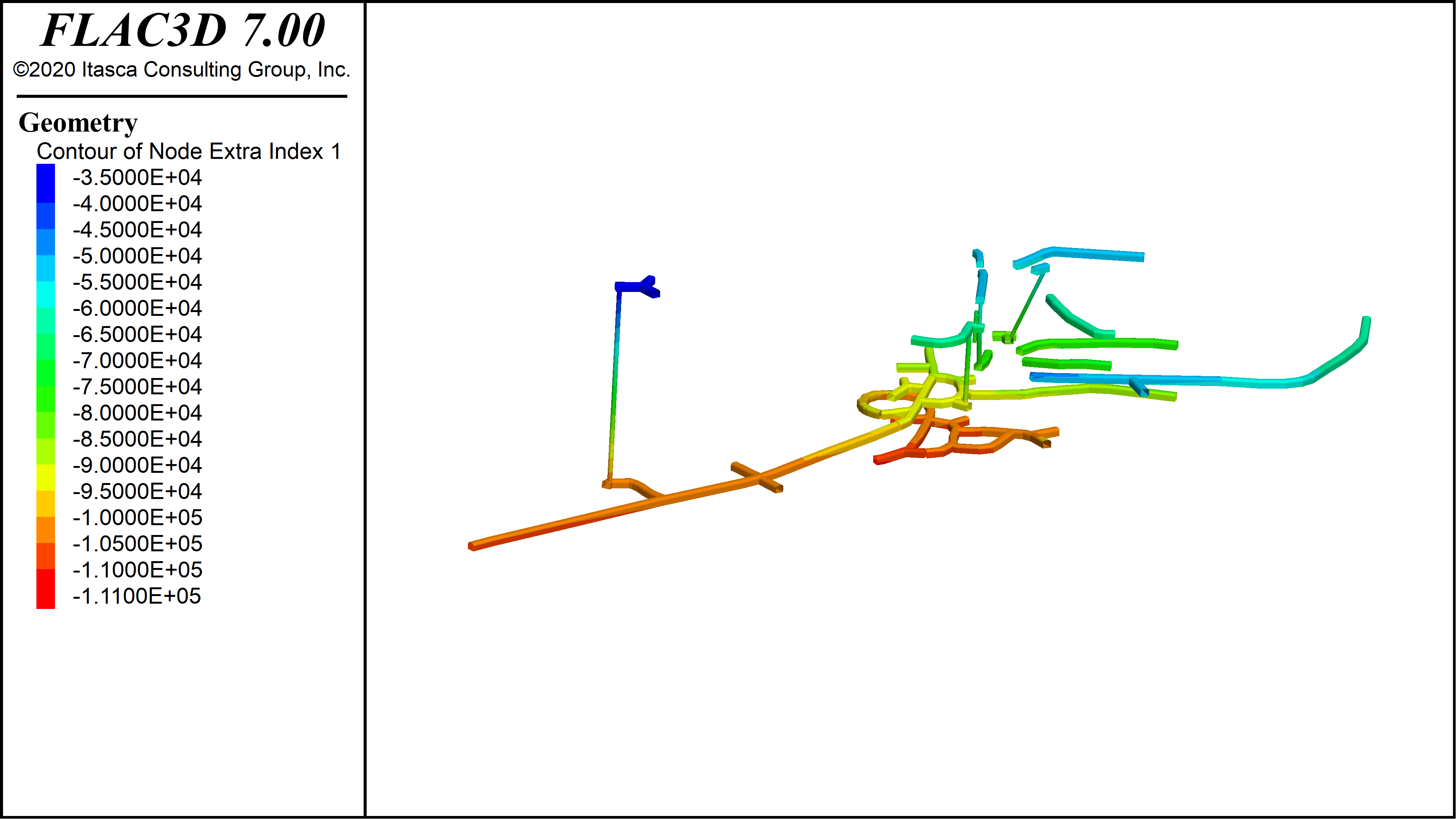

The approach draws on both empirical evidence and experimental data, collected in the niches and tunnels of the Mont Terri rock laboratory. In the framework of the Mont Terri Project, a versatile modelling approach has been developed for the simulation of flow and transport processes along the EDZ with the goal of capturing the evolution of hydraulic significance of the EDZ after closure of the backfilled underground structures. Therefore, simplified EDZ models, able to mimic the safety-relevant functional features of the EDZ in a traceable manner are required.

The hydro-mechanical and chemico-osmotic phenomena associated with the formation and temporal evolution of the EDZ are complex, thus precluding a detailed representation of the EDZ in conventional modelling tools for safety assessment. The efficiency of this release path depends not only on the shape and extent of the EDZ, but also on the self-sealing capacity of the host rock formation and the prevailing state conditions, such as in situ stresses and pore pressure. Additionally, the EDZ may form a highly efficient escape route for corrosion and degradation gases, thus limiting the gas overpressures in the backfilled repository structures. The data reduction methods are all made in-house, building from previous research and also breaking through at every level to find innovative ways to deal with the unique data that are collected.Īn assessment is made as to whether any material survived the atmosphere to hit the ground and meteorite searches are organised for promising events with the help of volunteers and UAVs.The excavation damaged zone (EDZ) around the backfilled underground structures of a geological repository represents a release path for radionuclides, which needs to be addressed in the assessment of long-term safety. The team develops its own observation hardware, building autonomous instruments capable of handling both the hottest and the coldest places on Earth. To answer these questions, the DFN operates as a full-stack science team, from data collection to science outcomes.

Asteroidal material can be bigger and, if the conditions are right, can survive the atmosphere and land on the ground as a meteorite. Small cometary dust usually burns up and never makes it to the ground. They can be travelling at speeds of up to 72 km a second and when they hit the atmosphere, it’s like someone turned on the brakes – they turn into a ball of fire. They are on different orbits to the Earth and can occasionally fly right into us. Rocky bodies in interplanetary space are of cometary or asteroidal origin. WHY OBSERVE FIREBALLS AND STUDY METEORITES?


 0 kommentar(er)
0 kommentar(er)
